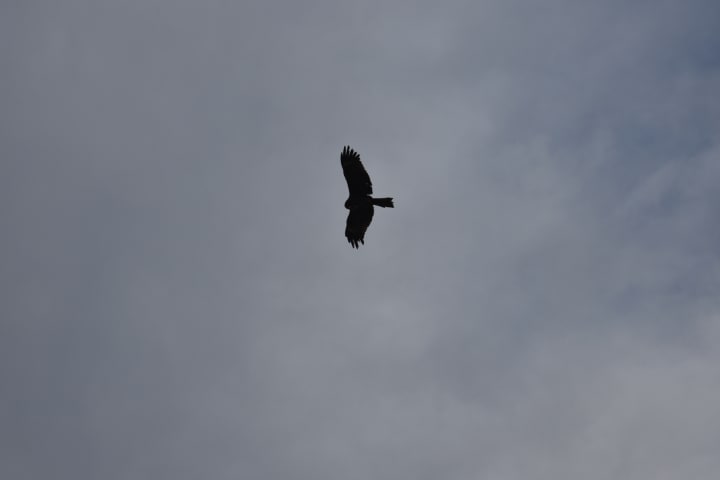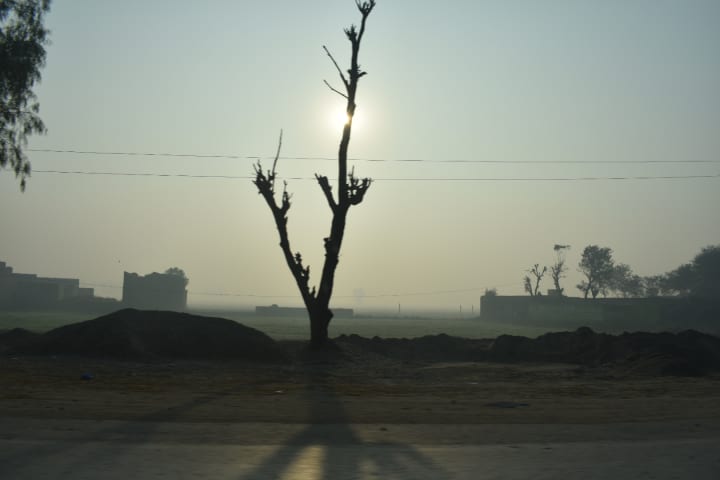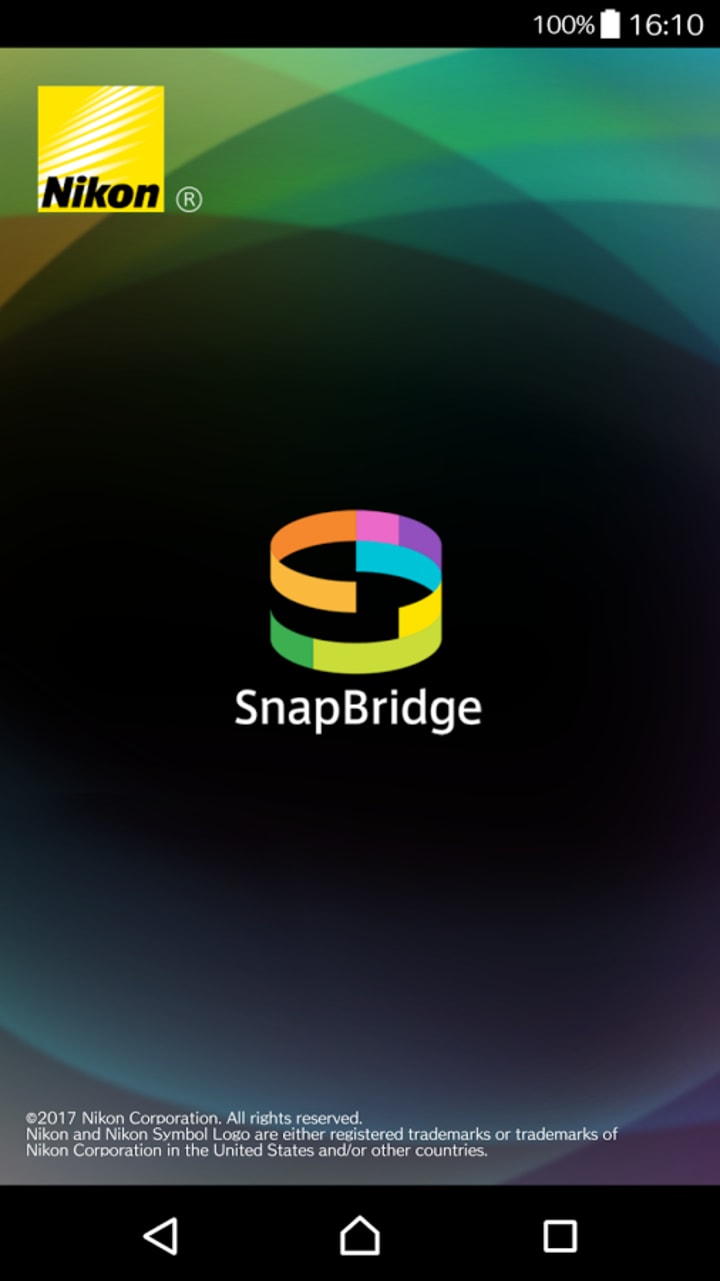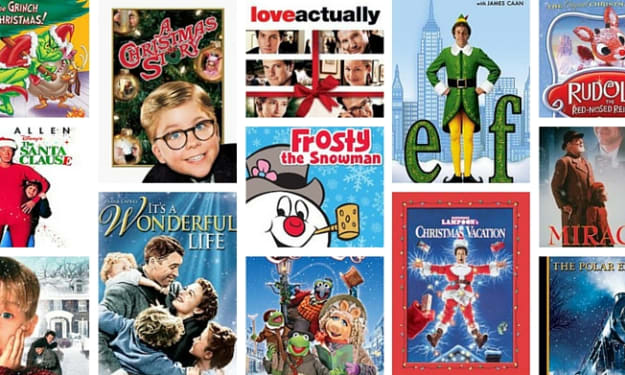Should You Buy a DSLR?
An Amateur Photographer's Experience and Guide

Hi, everyone. I'm your run-of-the-mill regular Joe when it comes to cameras. I basically have used phone cameras ever since Nokia came up with the fantastic N95 and never have gone back... till now. I, like many users, got tired of the pics from the inbuilt phone cameras and bought one after watching the absolutely wonderful and detailed pictures uploaded by my photographer friends. Here is my experience with it for the past 30 days and whether you should buy one:
1) The Camera: Nikon D3400 18-55mm lens

Ironically taken from my Iphone 7 plus
So, I wanted to go with a very basic entry level DSLR and I went with this one. It's a pretty basic 24.2 megapixel DSLR camera, has Bluetooth built in and all the features you'd expect from a camera in this range. Costs about 400-500 dollars on Amazon with several perks. I got an extra UV lens, SD card and bag. I'm not going to go into sensors, maximum focus, etc. because that's what you don't understand and don't need to know for this guide, since you'll find plenty of professional photographers to give you that advice. What you need to know is that it's not as heavy to strain your neck and not as light as even your heaviest phone. After an hour of lugging it around my neck did get tired, though, but holding it in the hand you probably won't feel it to be quite so much of a difference and is pretty manageable even if compared to a digital camera (as if we still carried those around). However, if you're big on the whole portability thing, this is not it. It is an extra weight you will have to carry around in a bag. But despite that, I must say that though 'feel' is not a very technical term, holding an actual camera, especially with the mechanical buttons and knobs, does bring back memories from the film photos era and may make it worth it...
2) The Learning Curve:
This is something every one of you will have to face. Our phone cameras require us to have basically no knowledge about the modes, sensors, and lighting. The entire spectrum of photography has been reduced to digitally touching up photos with filters and the flash, not to mention all the post processing that's done behind the scenes. Apple doesn't even include most manual modes in its app. A DSLR requires you to learn about ISOs, apertures, shutter speeds to master it if you want to actually get good pictures. Sure, you can stick to auto mode, but unlike your smartphone the camera is not going to automatically output the best photo it can take based upon its inferior algorithms, and basically the photos are going to be average. This was something I had to give time and effort to in order to be even moderately better and to be honest, you're going to as well if you want those beautiful portraits and such. Every scene requires a different setting and for some it can be daunting, tiresome even. If you don't want to spend the time, stay away from the camera and stick to your phone or digital one. But the photos at the end are rewarding.
3) Photo Quality:


This is where a DSLR truly shines. The photos even in low light as you can see here (by the way, the quality is compressed, the originals are even better) are absolutely great and better. The details are well preserved to the tiniest fraction and they are truly some of the best ones I have taken yet.

Would you see these images a smartphone camera? Probably if the light was much better. See, in low light, the smartphone aperture isn't so good so it can't capture much and you do see grainy images. However, if you're someone that does most of their photography in good light you won't see a measurable difference. Here is one I took with my camera:

iPhone 7 plus
But here's the real problem: this was done with a manual camera app I paid for in which I could change the settings as I wished. The stock iPhone 7 plus camera app caused a pretty bad image quality... I guess it's more of a question of what is the primary function that this camera will serve, something I will go into now...
4) Usage
Look if you're someone that needs to take photos of themselves, their cats, their friends and their food (like ninety percent of the population), then this camera isn't for you. DSLRs are built for much more advanced photography; you will just be putting a lot of effort for a very small return. If you're someone that likes to take photos of nature, time-lapse, even astronomy photos, then this will be perfect for your work. I personally like taking moon shots in my free time, something next to impossible with any mobile camera:

4) Cost
Cameras are cheap these days, even DSLRS. Certified refurbished can even be gotten for 200 dollars on Amazon. However, it is also true that cameras require paraphernalia. They do require different lenses for different functions. You can do general usage with the lens included, but if you want good portrait you'll need a 50mm lens. If you need a close up nature shot, the 70-200mm lens. All these cost money, ranging from a hundred to several thousand dollars. Also, there is also the cost of the tripod for good videos, a mountable flash, a good SD card, extra batteries, bags, chargers, etc. etc. and the cost can be quite a lot. Compare that to a regular phone camera, which even at the worst can cost 1100 dollars (iPhone X 256 gb version), has dual cameras for portraits, no need for lenses (though Moment and other companies do supply those too for a very reasonable price) and you have something to think about... not to mention the fact if you break the lens by any chance, the cost of replacing it can be astronomical...

5) Connectivity:
Look, this is something I hate and probably you will too. Most of the entry level DSLRs have horrible connectivity. With Nikon I only had Bluetooth and its atrocious SnapBridge app, which basically shrinks photos to 2MP before sending them to my phone. The pricier models have wi-fi but still very slow on the upload and download speeds. So unless you go for any of the mirrorless ones, you are going to need the SD card for your photo transfers and it is annoying to first take them to a computer, then upload them. We have been so used to the immediate connect and upload culture of smart devices, the idea of doing all this seems redundant and slow. That Insta-share for your cat will take so long that you will take it from your phone just to save time. If it doesn't bother you, though, and you can live with it, go for the DSLR....
5) The Verdict?
Look, I like my DSLR. I take photos of myself, nature and astronomy. But if I have to go on a vacation, I'll think before packing it. It is an extra load, it requires a lot of work to get it at exactly the right settings, and it is another thing I have to worry about. For regular things and uses, just go with the smartphone and get a lens from companies like Moment for the extra stuff. If you want more detail, better low light photos, and a much more bang in your photos, go for the DSLR.
About the Creator
Abdullah Masood
Hi I'm a young guy looking to write on stuff I find interesting and fun so hello and enjoy!







Comments
There are no comments for this story
Be the first to respond and start the conversation.